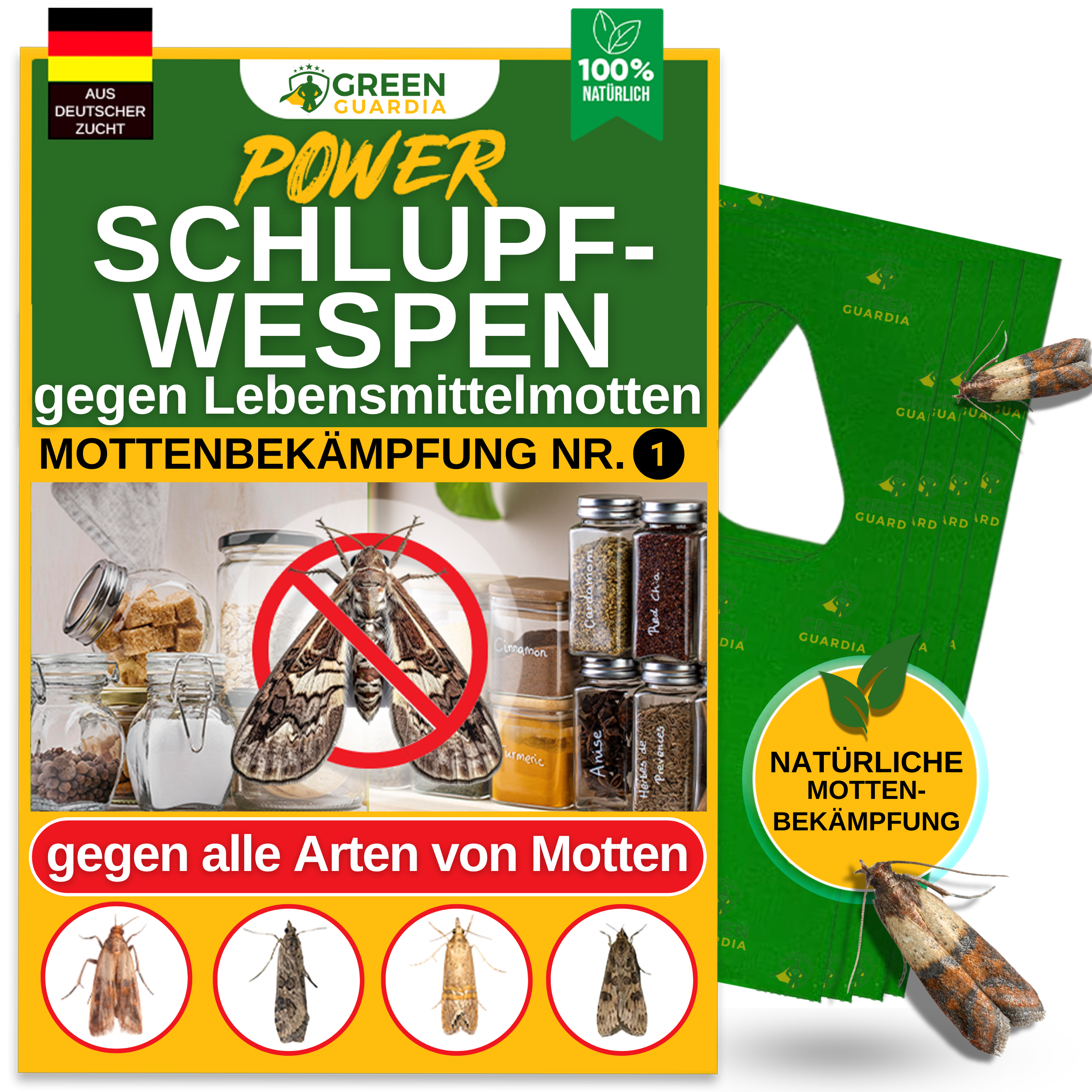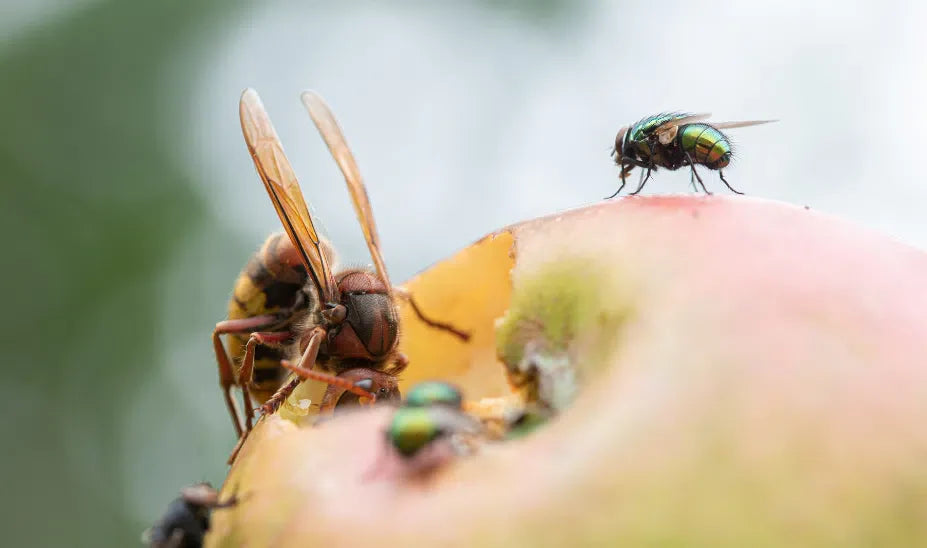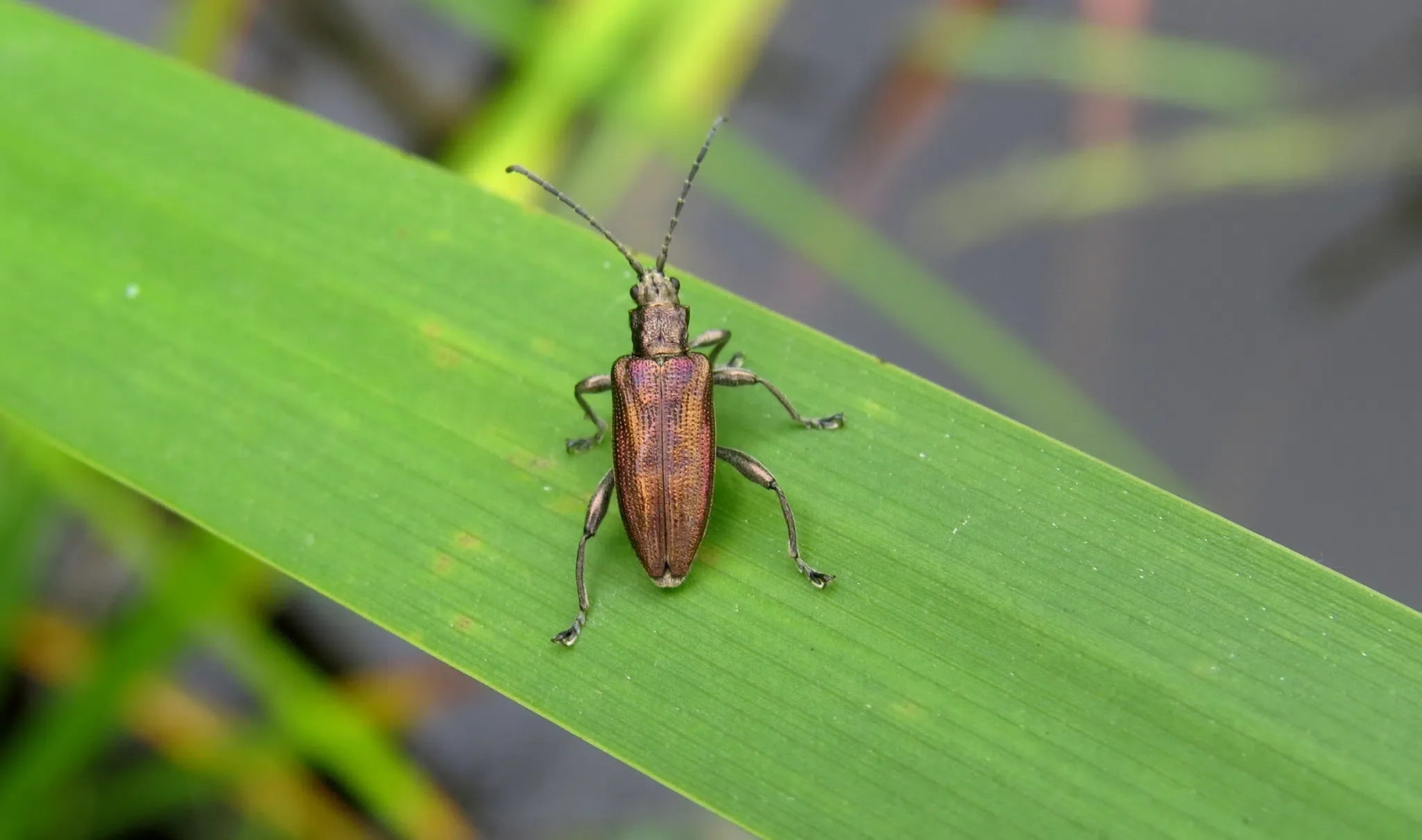Combat flour moths and dried fruit moths naturally
The flour moth and the dried fruit moth are secretive pests that can cause significant problems in our kitchens and pantries. These small insects are particularly known for infesting dry foods such as flour, nuts, and dried fruit, causing significant damage.
If you don't act quickly, they can ruin your supplies. In this article, we'll show you how to identify flour moths and dried fruit moths, effectively combat them, and prevent future infestations—all naturally!
An overview of the pest
The flour moth (Ephestia kuehniella) and the dried fruit moth (Plodia interpunctella) are among the most common stored product pests. They infest a wide variety of dry foods by laying their eggs directly in the food.
The larvae devour food supplies, leaving unsightly webs, droppings, and damaged food behind. To effectively combat these pests, the use of environmentally friendly methods is particularly important.
Life cycle and reproduction
The females lay several hundred eggs near foodstuffs such as flour, nuts, or dried fruit. After just a few days, the larvae hatch and begin feeding. After about a month, they pupate, and two weeks later, the adult moths emerge.
Due to rapid reproduction, an infestation can spread rapidly – quick action is therefore crucial.
How to recognize an infestation
- Fine webs in or on food packaging
- Small crumbs of feces in flour, nuts or grains
- Traces of gnawing and damaged packaging
- Larvae or adult moths visible in cupboards or on supplies
- Musty smell of infested products
Natural methods to combat
- Ichneumon wasps (Trichogramma evanescens): These tiny beneficial insects parasitize the moths’ eggs and thus prevent the development of new larvae.
- Mechanical measures: Dispose of infested food, thoroughly clean pantries, and remove crumbs.
- Airtight storage: Store food in tightly sealed containers to prevent new infestation.
The use of parasitic wasps is completely harmless to humans and pets – and highly effective!
Preventive measures
- Always store food in airtight containers
- Clean pantries regularly and check for crumbs or leftovers
- Regular visual inspections of stocks
- Preventive application of parasitic wasps for long-term control
Products for natural control
In our range you will find a selection of natural products for combating flour and dried fruit moths:
- Meal moth parasitic wasps (Trichogramma evanescens): The most effective and sustainable method against eggs and larvae.
- Pheromone traps: For monitoring and reducing the adult moth population.
Our products help you protect your supplies – without the use of chemicals.
Conclusion
Controlling flour and dried fruit moths doesn't have to be complicated. By using parasitic wasps and taking preventative measures, you can create a clean, safe environment in your kitchen.
Act today – protect your food from pantry moth infestation using natural methods!












